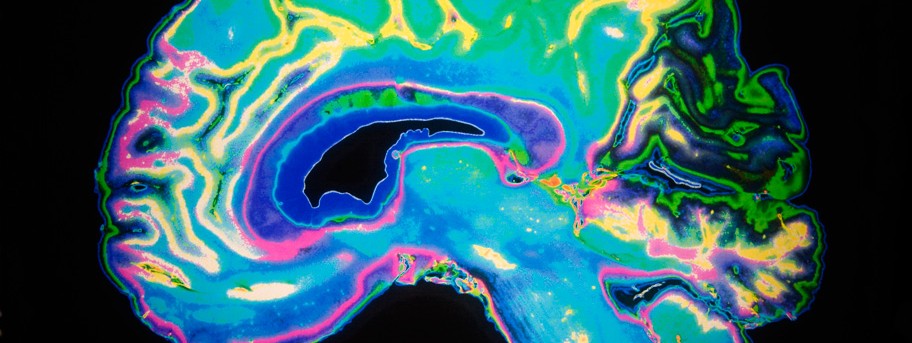The Diagnostic and Statistical Manual of Mental Disorders, Fifth Edition will soon be the bible of clinical psychology and psychiatry. The Economist has devoted a major article to the DSM. I quote from that article:
The third DSM, published in 1980, introduced a new approach—also followed in the fourth in 1994. DSM-III acknowledged that psychiatrists had a poor understanding of the physiological cause of mental illness. Instead specific, observed symptoms became the diagnostic criteria, and clusters of them, known medically as syndromes, that appeared to coexist in individual patients were given labels. The hope was that biological markers of such syndromes would be discovered as physiological understanding increased.......
The new DSM aspires to include objective criteria in its manual. It also seeks to scrap nonsensical, strict lines between certain disorders........
(A) group called the Psychiatric Genomics Consortium, which has looked for links between genetic variations and psychiatric disorders in tens of thousands of patients, has found that variations in four places were common to people diagnosed, using the DSM’s criteria, with attention deficit hyperactivity disorder (ADHD), autism, bipolar disorder, major depression and schizophrenia. Likewise, a series of papers over the past decade have shown similar abnormal activation of part of the brain called the amygdala in people diagnosed with anxiety, major depression and post-traumatic stress disorder.Neurosctientists and clinicians specialized in mental diseases are seeking to develop a taxonomy that links symptoms and syndromes to specific malfunctions in neural structures and processes. To the extent that they succeed, they may hope to develop better diagnosis for mental disease and more effective treatments to prevent, cure and ameliorate mental illness.
I suspect that this effort and the effort to improve learning and mental performance will be an important area of technological innovation in this century.


No comments:
Post a Comment